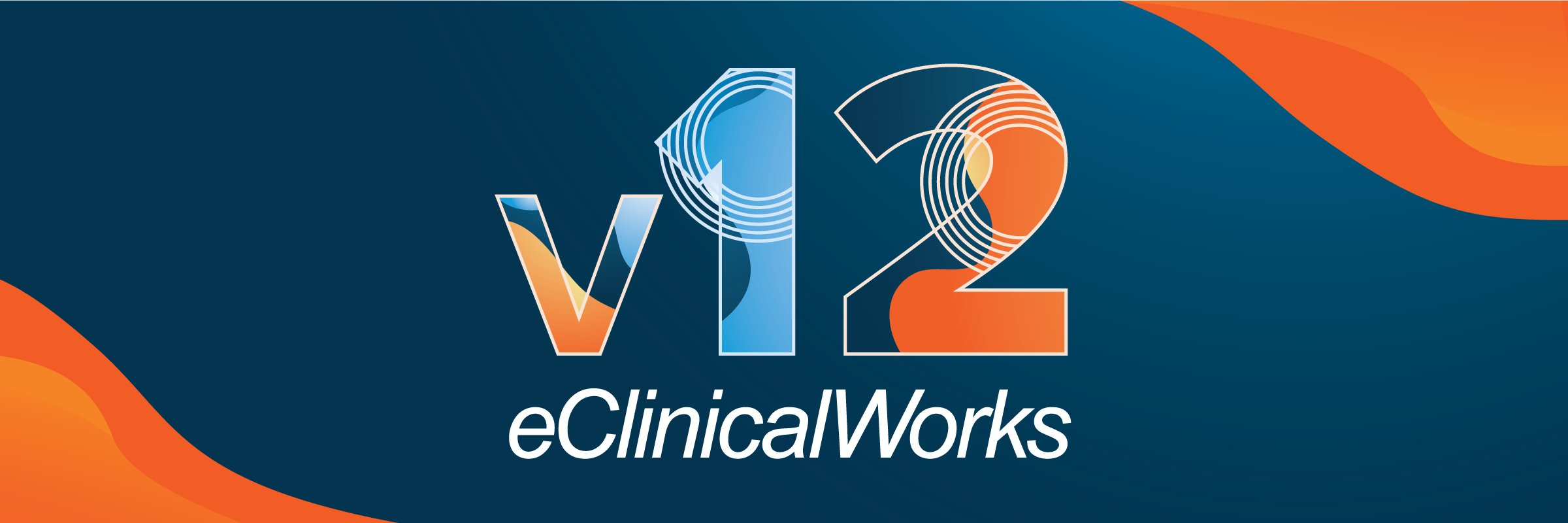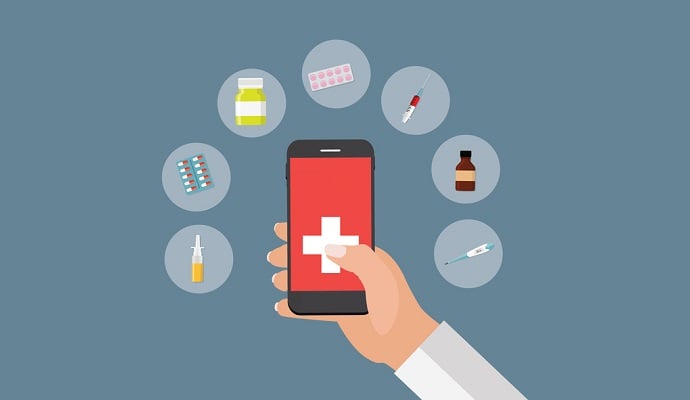eClinicalWorks is a founding member of The Sequoia Project's Carequality Framework, a public-private collaborative to remove barriers to interoperability in healthcare nationwide. The Carequality Framework creates a common legal framework, enforces standard technical specifications, and publishes a directory of participants - enabling health information exchanges to become seamless at the point of care. Through Carequality, eClinicalWorks providers can communicate with other Carequality participants across the country.
Carequality provides seamless exchange of clinical data between the eClinicalWorks EHR and external EMRs, and eliminates the need for multiple connections, including to state/regional HIEs with centralized data repositories.
Through Carequality, eClinicalWorks providers can communicate with other Carequality participants across the country. A full list of Carequality members and supporters is available at http://sequoiaproject.org/carequality/members-and-supporters/.
If an eClinicalWorks practice has an exchange partner that uses a Carequality participant vendor as their EMR, they can exchange data through the Interoperability Hub. Data exchange is based on Integrating the Healthcare Enterprise (IHE) profile transactions, without need for regional or state health information repositories.
While there is no central repository of clinical data, as with a regional or state Health Information Exchange, there is a central database of patient demographics.
eClinicalWorks and Surescripts Nationwide Network
eClinicalWorks has partnered with Surescripts' nationwide network, National Record Locator Service (NRLS), to match patients and to obtain historical patient visit locations. NRLS accomplishes this by managing participating provider identities and maintaining a patient index. Today, NRLS includes 140 million patients and almost two billion interactions between those patients and their care providers.
Customers must agree to the Carequality and the Surescripts NRLS connection terms and may then select the entities with whom they wish to exchange data. Once connected, data is exchanged without any additional manual user input.
How Does the Data Exchange Work Inside of eClinicalWorks?
When a patient checks in through the eClinicalWorks EMR:
- A patient demographics query is automatically sent to entities on the Carequality framework.
- Wherever matching patient records are found, document query messages are automatically triggered.
- Received documents are displayed in the Interactive Clinical Wizard of the eClinicalWorks EMR.
- Conversely, Carequality participants may retrieve patient data from eClinicalWorks practices.
- Patient consent is required for data exchange with external entities.
What eClinicalWorks Users Need to Know About Joining Carequality
Carequality creates a common legal framework, enforces standard technical specifications, and publishes a directory of participants, enabling health information exchanges to become seamless at the point of care.
There are no up-front or ongoing fees associated with joining Carequality. By signing up to connect, you will be able to exchange CCDA documents with any other entity also connected to Carequality, free of cost. You can connect to as many entities as you would like, free of cost.
The clinical data that will be exchanged with external entities are CCDA documents. These will include, but not be limited to, Problem Lists, Allergies, Medications, Immunizations, and Histories. Data may vary from one hospital to the next.
An upgrade to version 10.0.80 SP1C20 is required in most cases for your practice to connect. eClinicalWorks has already started rolling out the Carequality connection to practices. If you are wanting to join Carequality you will need to open a Carequality ticket and list the name of the primary hospital with which you are looking to connect.
If your practice is connected to a community eEHX or to a third-party HIE system, eCW is targeting Q4 of 2016 for the next release of the integration to support this use-case.
More questions? Read the full list of Carequality FAQs by clicking here.
Which EHR Vendors are Using the Carequality Interoperability Framework?
eClinicalWorks is a founding member of Sequoia Project's Carequality Framework, a public-private effort to remove barriers to healthcare interoperability nationwide. Several major EHR vendors are using the Carequality Interoperability Framework to exchange data with electronic health records of their direct competitors. Officials also said that more than 200 hospitals and 3,000 clinics are now live on Carequality.
“It’s not a trial, it’s not a pilot. We’re up and running – it’s operational and it works,” said Dave Cassel who heads the public-private collaborative under the Sequoia Project umbrella. “Physicians and clinicians are actively getting records under the Carequality framework.”
Hospitals using EHR software or cloud services from athenahealth, eClinicalWorks, Epic, HIETexas, NextGen and Surescripts are among those. Cerner, however, is a member of Carequality that has not yet adopted the Carequality Interoperability Framework.
First published in December of 2015, the framework includes technical specifications, governance processes and legal and policy requirements to enable health information exchange between health systems and data sharing networks.
“If you accept the policy — and Epic accepts the policy — then we just exchange,” said Eric Helsher, Epic’s vice president of client success. “We don’t have to negotiate between one another. What Carequality will do is take meaningful exchange that’s happening today and make it widespread.”
Prior to the Carequality Interoperability Framework every time a provider wanted to exchange information with another health system, it first would have to negotiate an agreement to do so, Helsher said.
The framework eliminates complex negotiations between providers, Helsher said. Carequality has taken care of that with an agreement worked out, ready for members to accept. The agreement enables a single connection to the whole Carequality network, so any organization that joins will be connected to everybody else in the framework.







